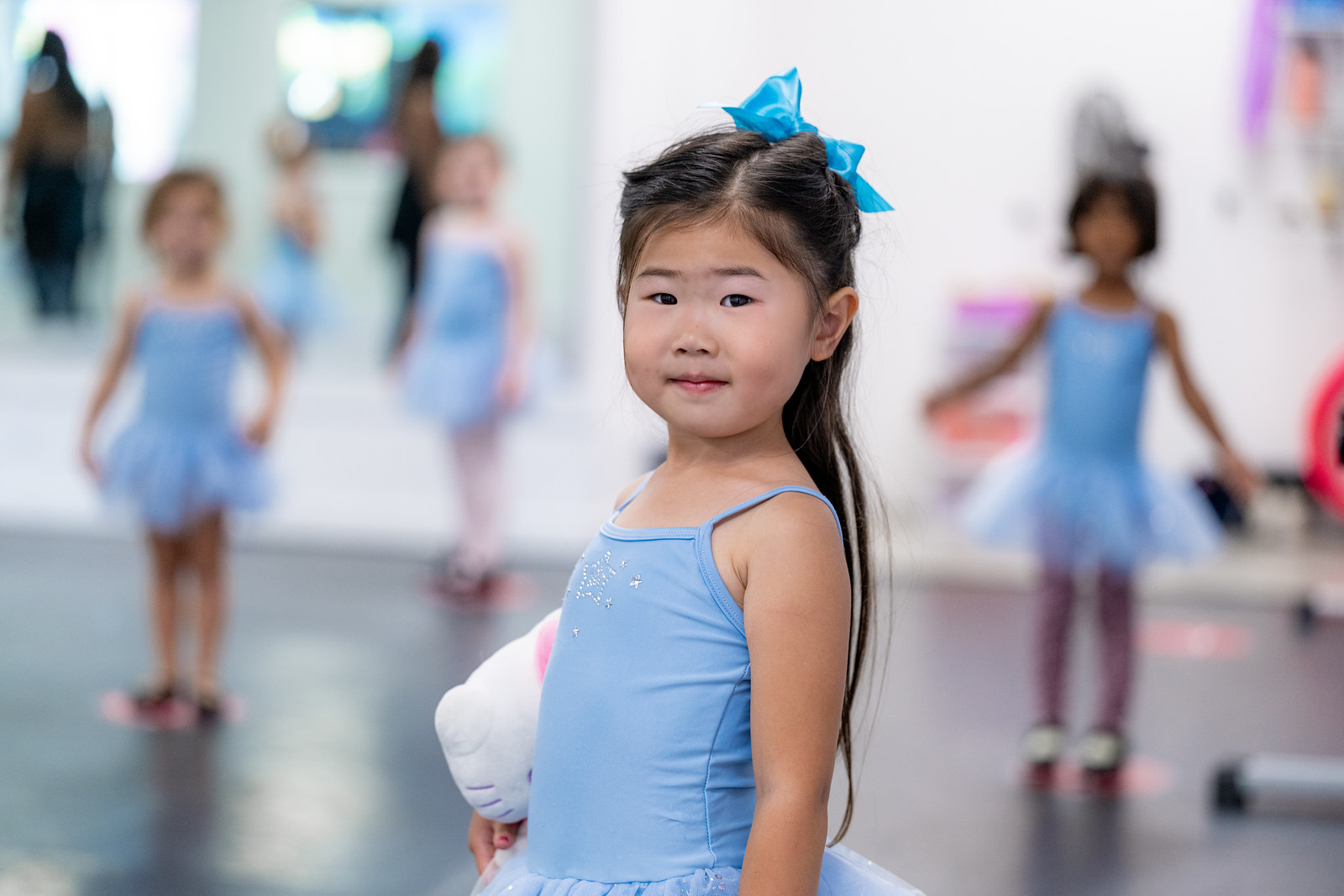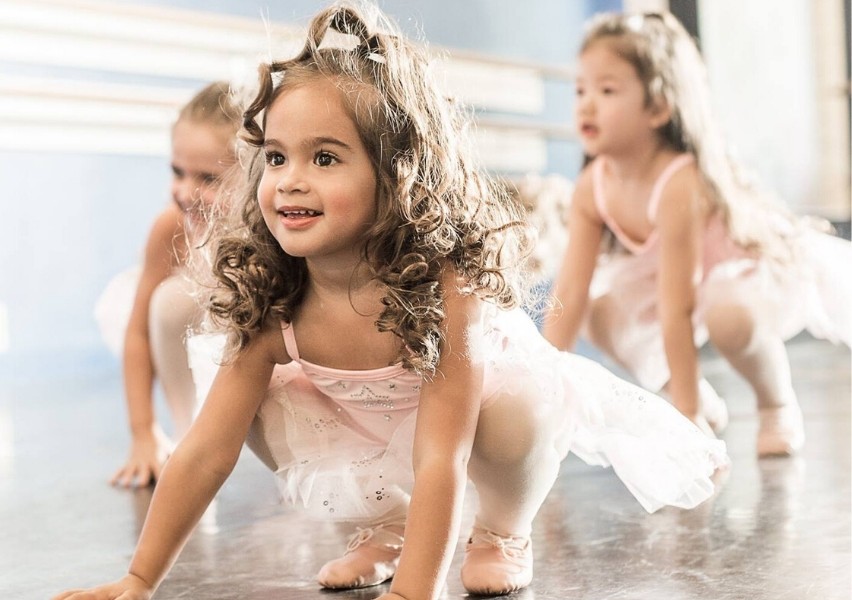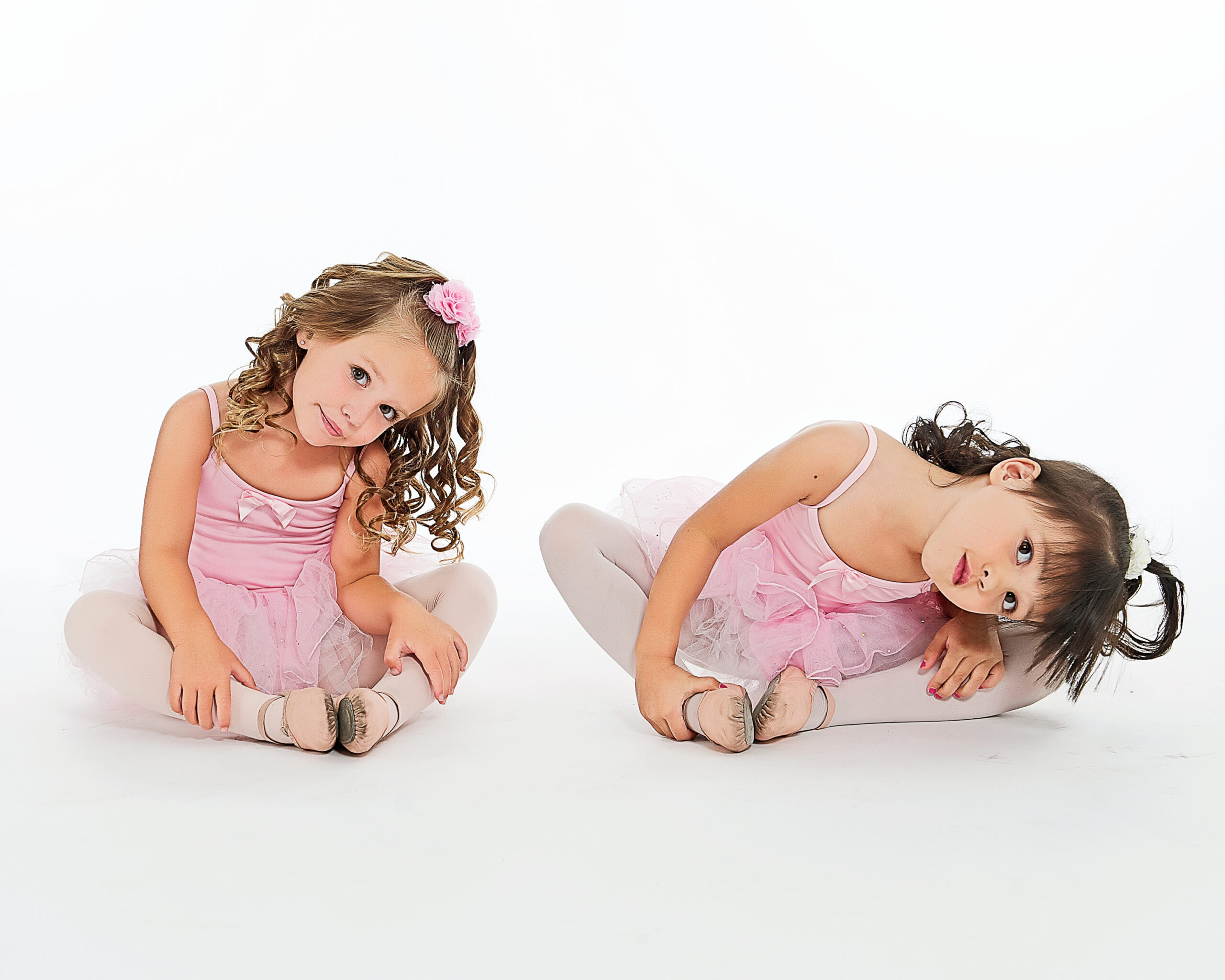- Dance Classes & Music Lessons
- 310.406.1730
Current Students
STUDENTS REMINDERS


If your child melted down at their first few classes —you’re not behind! You’re normal. Growth looks messy before it looks magical.
Why dance matters (especially when the start is wobbly)
Focus: eyes/ears/body working together.
Confidence: tiny wins stack into “I can do hard things.”
Community: kids copy peers; belonging beats fear.
Emma didn’t make it into the dance room in week 1 or 2. Week 3 she just wanted to hold the prop but not participate. Teacher waved at her through the window. Week 4, two minutes on the floor. Week 5, took half the class. Today she leads our “tap time”
Courage isn’t loud—it’s consistent. Your child will catch up fast when we stack tiny wins.
Olivia clung to mom and cried when the music started for dance class.. We switched to Parent & Me for a few weeks and practiced a 10‑second “in-and-out” routine, and celebrated one clap pattern at home. On week 4 she entered the room herself.
Progress, not perfection.
What parents can do (simple works)
Arrive 10 minutes early—new spaces feel safe when they’re familiar.
Pre‑class ritual: bathroom, sip of water, high‑five the teacher before class.
One goal only: touch one prop, or stay on the floor for 60 seconds. Win = done.
We’re holding “Restart Week” spots for families who though their child wasn’t ready!
Schedule another Intro Lesson today!

If your child is younger than 8 years old, start with dance! Here’s why it beats soccer as a first step—and sets them up for everything after.
1. Builds motor skills earlier
Dance trains balance, coordination, posture, and fine motor control (toe points, arm paths). That’s body awareness you can’t get chasing a ball in a crowd. Soccer is great later; at this age it’s mostly run-and-kick.
2. Sharpens focus and learning
Kids listen, follow multi-step directions, remember sequences, and feel rhythm. That’s classroom readiness—attention, working memory, and discipline. Soccer leans more free play, less precision early on.
3. Teaches patience and self-control
Structured turns, moving on cue, personal space. Calm environment = fewer meltdowns and better emotional regulation. Early soccer often turns into “bee-ball” chaos—fun, but not great for impulse control.
4. Unlocks creativity and confidence
Music + story + movement let kids express feelings safely. Expression builds confidence faster than scoreboards. Team sports rarely give that at this age.
5. Matches developmental pace (no “win” pressure)
Progress is personal—master a skill, then the next. Kids grow without comparison or overwhelm. Confidence stacks, week by week.
Bottom line: Start with dance to build the foundation—motor control, focus, patience, creativity, and confidence. Soccer will be better later because of it.
Schedule an intro dance class today!


Keep it simple. Get your child in class, reduce friction, and stack early wins.
1) What to wear for your first class.
Intro Class = simple: if you have a leotard great, if not comfy tee/leggings, socks, and hair up is great : )
Your dancer will eventually need a leotard, tights and ballet shoes. But don’t worry about it for your first class as we will guide you which are best to buy afterwards. Having your child wear a required dancewear once he or she registers will help teachers see alignment and improve their concentration.
2) Hair without tears
Hair away from face is all that is needed until higher level ballet classes where you fill find that a hair net will be your friend.
3) Make their experience better!
Please be on time for your dance class. This will mean to arrrive 10 minutes early. Seeing friends and having a mini ritutal with saying goodbye to a parent will give everyone a better experience.
4) Toddler and Preschool children’s nerves are normal. Follow the studio plan (window watch/parent) child stays outside the dance room until ready to join. 2 minutes on the dance floor is a win! Celebrate small wins and be patient with your fist month!
5) First‑week mindset
Goal isn’t perfection; it’s one visible win: step on the floor, touch a prop, finish warm‑up.
Praise effort: “I saw you try—that’s a win.” Be patient your first month. Confidence stacks fast with tiny wins. You will help them build their confidence one high-five a time!
Fun fact: Future start dance soloists are commonly students that had a harder time starting.
Ready to start building your child’s confidence?
Book am Intro. Simple dress code, fast check‑in, parent‑join option for shy kids. If you’re not thrilled after the first class, you don’t pay, try again!

If your child melted down at their first few classes —you’re not behind! You’re normal. Growth looks messy before it looks magical.
Why dance matters (especially when the start is wobbly)
Focus: eyes/ears/body working together.
Confidence: tiny wins stack into “I can do hard things.”
Community: kids copy peers; belonging beats fear.
Emma didn’t make it into the dance room in week 1 or 2. Week 3 she just wanted to hold the prop but not participate. Teacher waved at her through the window. Week 4, two minutes on the floor. Week 5, took half the class. Today she leads our “tap time”
Courage isn’t loud—it’s consistent. Your child will catch up fast when we stack tiny wins.
Olivia clung to mom and cried when the music started for dance class.. We switched to Parent & Me for a few weeks and practiced a 10‑second “in-and-out” routine, and celebrated one clap pattern at home. On week 4 she entered the room herself.
Progress, not perfection.
What parents can do (simple works)
Arrive 10 minutes early—new spaces feel safe when they’re familiar.
Pre‑class ritual: bathroom, sip of water, high‑five the teacher before class.
One goal only: touch one prop, or stay on the floor for 60 seconds. Win = done.
We’re holding “Restart Week” spots for families who though their child wasn’t ready!
Schedule another Intro Lesson today!

If your child is younger than 8 years old, start with dance! Here’s why it beats soccer as a first step—and sets them up for everything after.
1. Builds motor skills earlier
Dance trains balance, coordination, posture, and fine motor control (toe points, arm paths). That’s body awareness you can’t get chasing a ball in a crowd. Soccer is great later; at this age it’s mostly run-and-kick.
2. Sharpens focus and learning
Kids listen, follow multi-step directions, remember sequences, and feel rhythm. That’s classroom readiness—attention, working memory, and discipline. Soccer leans more free play, less precision early on.
3. Teaches patience and self-control
Structured turns, moving on cue, personal space. Calm environment = fewer meltdowns and better emotional regulation. Early soccer often turns into “bee-ball” chaos—fun, but not great for impulse control.
4. Unlocks creativity and confidence
Music + story + movement let kids express feelings safely. Expression builds confidence faster than scoreboards. Team sports rarely give that at this age.
5. Matches developmental pace (no “win” pressure)
Progress is personal—master a skill, then the next. Kids grow without comparison or overwhelm. Confidence stacks, week by week.
Bottom line: Start with dance to build the foundation—motor control, focus, patience, creativity, and confidence. Soccer will be better later because of it.
Schedule an intro dance class today!

